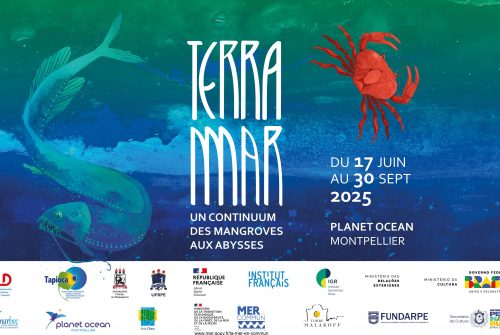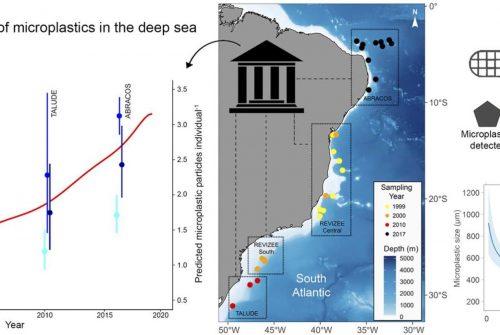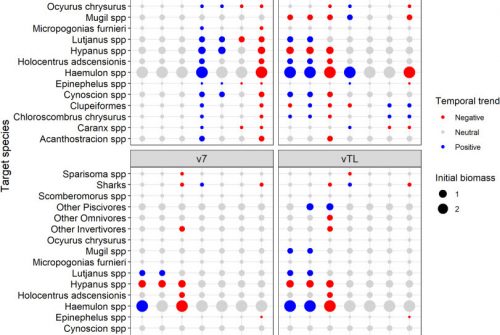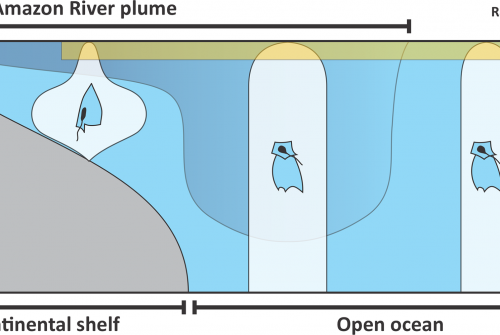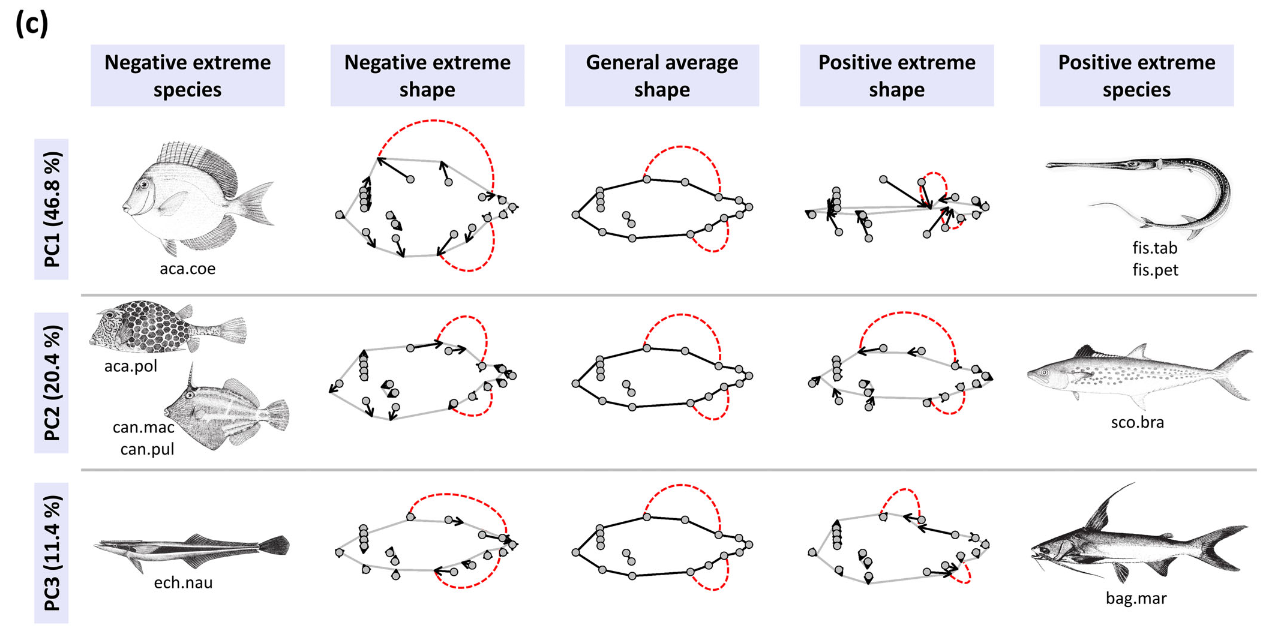
Functional morphology investigates the relationships between morphological characters and external factors, such as environmental, physical and ecological features. Here, we evaluate the functional relationships between body shape and trophic ecology of a tropical demersal marine fish community using geometric morphometrics techniques and modelling, hypothesizing that shape variables could partially explain fish trophic level. Fish were collected over the continental shelf of northeast Brazil (4–9°S). Analysed fish were distributed into 14 orders, 34 families and 72 species. Each individual was photographed in lateral view, and 18 landmarks were distributed along the body. A principal component analysis (PCA) applied on morphometric indices revealed that fish body elongation and fin base shape were the main axes of variation explaining the morphology. Low trophic levels (herbivore and omnivore) are characterized by deep bodies and longer dorsal and anal fin bases, while predators present elongated bodies and narrow fin bases. Fin position (dorsal and anal fins) on the fish body is another important factor contributing to (i) body stability at high velocity (top predators) or (ii) manoeuvrability (low trophic levels). Using multiple linear regression, we verified that 46% of trophic level variability could be explained by morphometric variables, with trophic level increasing with body elongation and size. Interestingly, intermediate trophic categories (e.g., low predators) presented morphological divergence for a given trophic level. Our results, which can likely be expanded to other tropical and nontropical systems, show that morphometric approaches can provide important insights into fish functional characteristics, especially in trophic ecology.
DOI: doi.org/10.1111/jfb.15350
Reference
Reis-Júnior J., Bertrand A., Frédou T., Vasconcelos-Filho J., Aparecido K.C., Duarte-Neto P.J. 2023. Community-scale relationships between body shape and trophic ecology in tropical demersal marine fish of northeast Brazil. Journal of Fish Biology, 102: 1017–1028.



